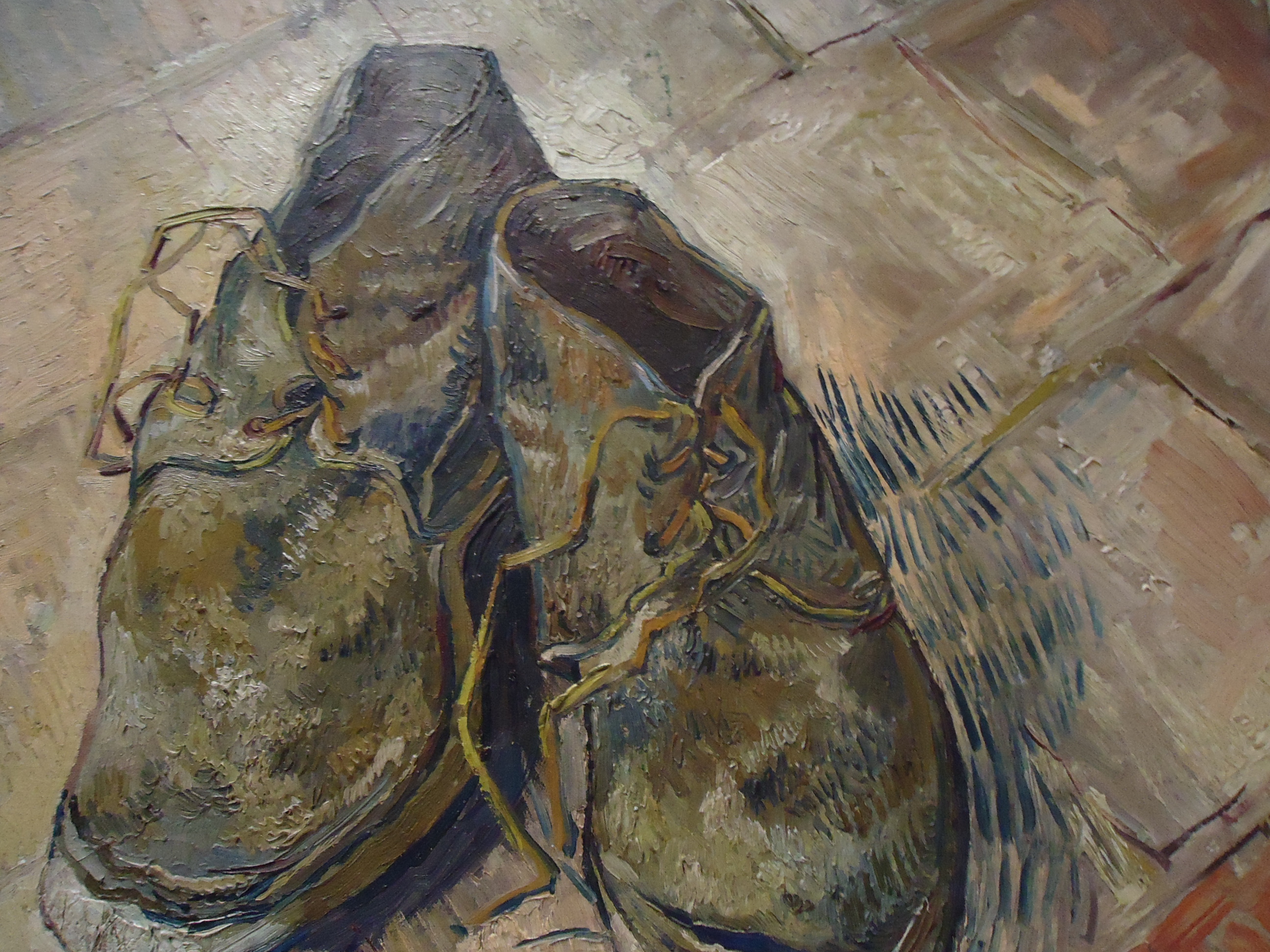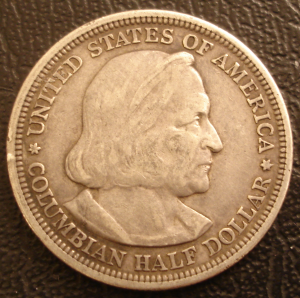
Coin Collecting at the Safir House
Biblical Coins and Weights
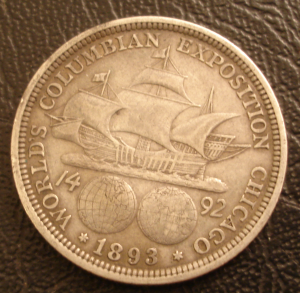

|
Coin Collecting at the Safir House
|

|
I had a chance to acquire an signed copy of David Hendin's latest edition of Guild to Biblical Coins 6th Ed at the New York show. The text was not particularly cheap but I was happy to buy it from the vendor I enjoy supporting. Although the text is published by a rival Numismatic group, I hope I am not disturbing any primordial forces mentioning it here and doing a bit of analysis.
The text itself is an substantial compendium of ancient coins, a lifetime worth of work. It is filled with detailed historical and even theological information which forms the background necessary for one to gain real appreciation of the ancient coins associated with the Hebrew Bible. Hendin's text has biographies of the despots and rulers, Jewish or not, that impact the times of this coinage.
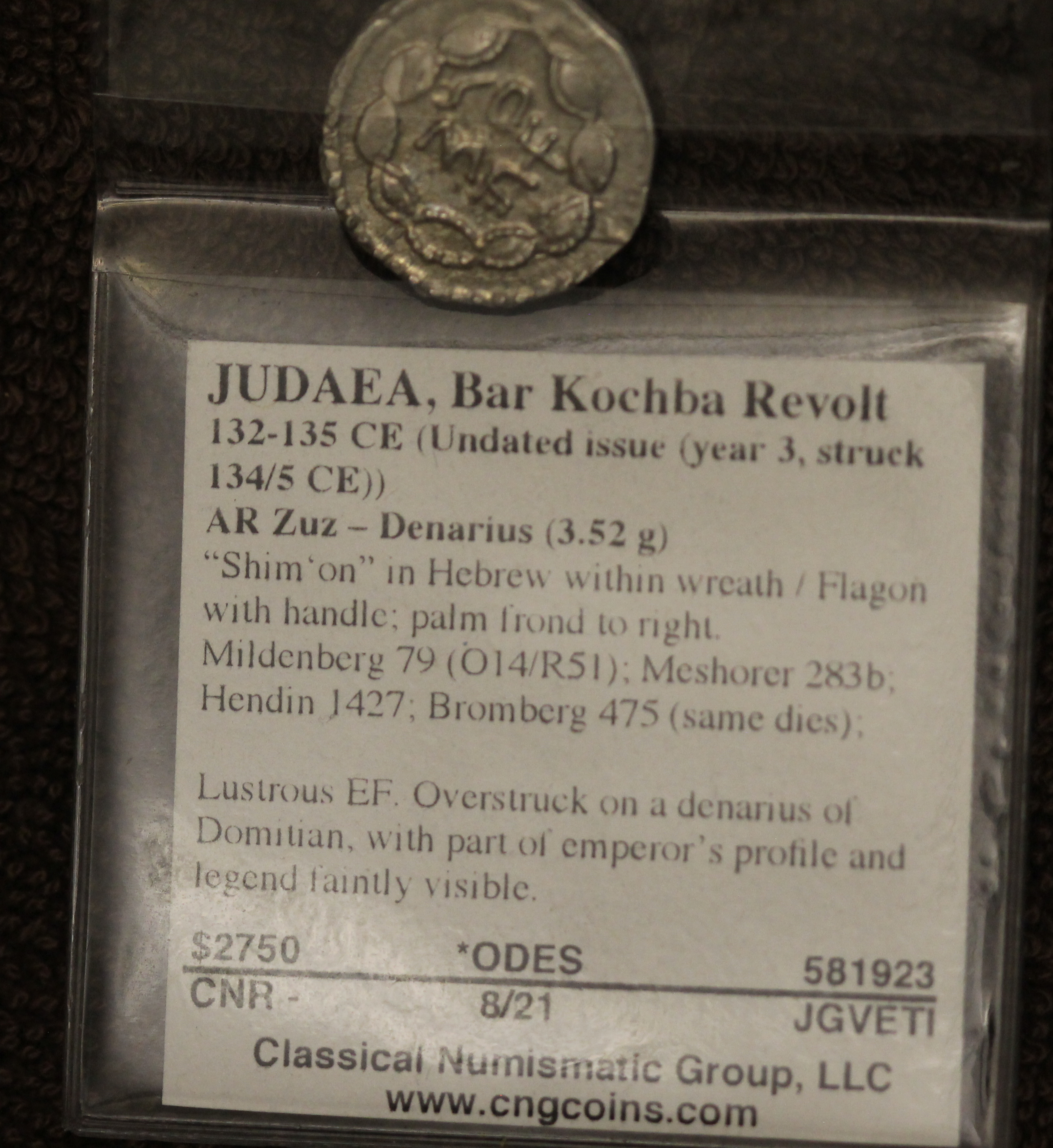
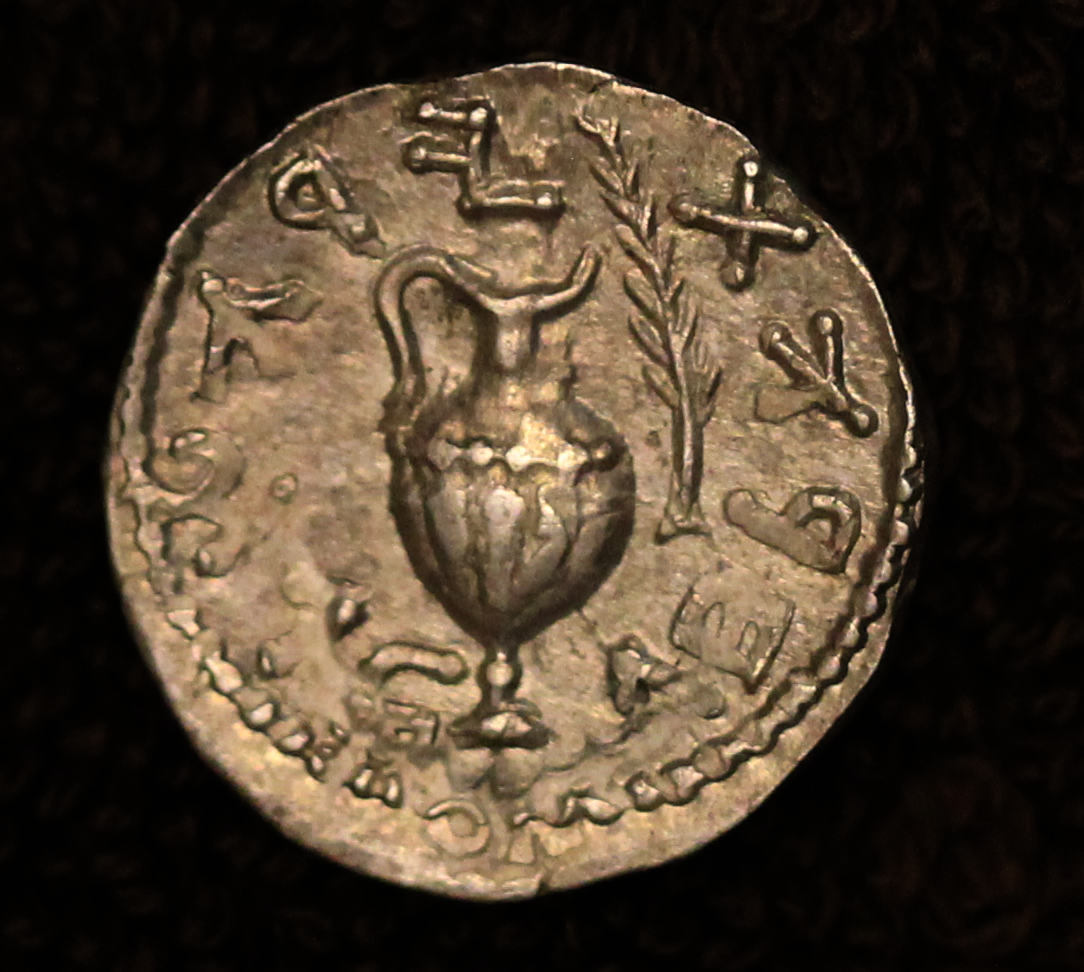
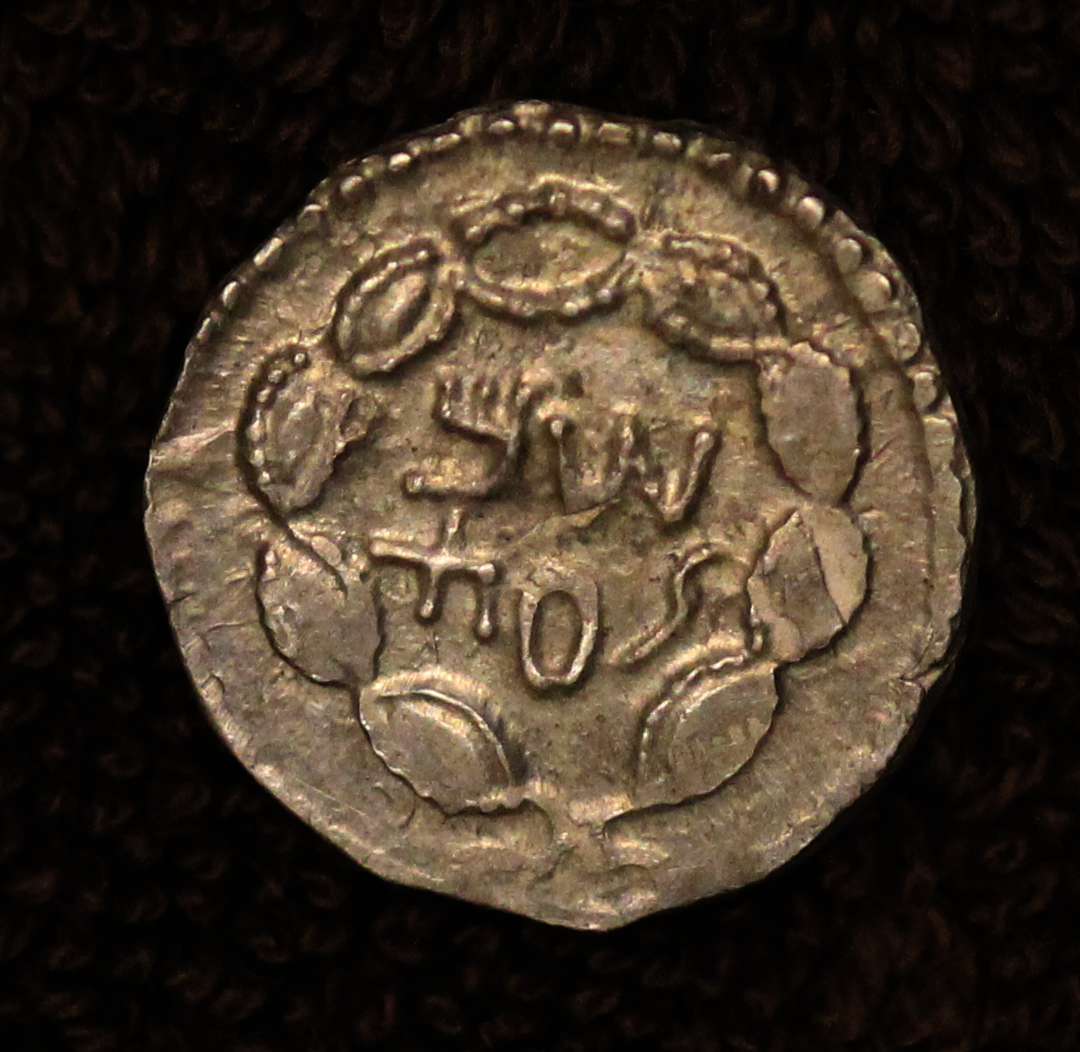
It is hard to comprehend, being that our lives are so short and our civilization is still so young, how many eras of civilization that Hendin's text covers. We start with the beginning of money itself, when the Shequal mentioned in the Torah was not even a coin, but a measure of weight. When my father Abraham brought the Cave and the fields of Machpeleh (מערת המכפלה) for 400 shequals of silver Avraham Avinu weighed the silver. It says so in the text.
Recent discoveries reported in The Biblical Archaeological Society prove that weights were used during the first temple period establishing that coinage had not yet taken hold. The discovery of a two sheckel weight weighed about 23 grams was reported. This weight is consistant with other sources and artificats [1]. Weights slowly evolved into shequal coinage, but the bible, Mishna and Talmud uses a dizzying array of ancient coinage types and drops terms for money without definition all about the oral and written traditions. There is even a whole tractate in the Talmud dedicated to the Sheckel as it was used, not just as general purpose coinage, but also for the annual tax used for the funding the Temple (Beit haMikdash) itself, and for taking a necessary census of the population without counting the people themselves (which was prohibited). Within it there is discourse and disagreement as to weights and even the nature of financial transactions. Hendin dives into this material with reasonable expertise which is complimented by his unparalleled knowledge in ancient Judean coinage.
As is common in a text such as this, some of the most important chapters come right at the beginning, before the specifics of endless numbers of coins. This is less true in the Guild than in many other such texts as Hendin subterfuges the entire text with important information, but it still holds that the introduction contains vital research on the methods of David Hendin's education in the field, and the basics of what these coins mean to us today and to the peoples of the epochs being discussed.
The hardest part, I found, was trying to understand the relationships between different coins and I had to fill in some outside information in order to really understand what the Guide was trying to say. In some cases, though, I have to conclude that there are editing errors in the text, or perhaps noted inconsistencies in the source material which should had been better annotated. I am used to scientific and medical journals where material is deeply and mathematically analyzed before publication. Numismatics, while interesting and worthwhile, doesn't really hold up to this kind of rigor. The focus is in on coins, their histories and values. Fewer scholarly journals are produced on these subjects than auction catalogs and auction catalogs are often the primary source for information on coinage in scholarly journals. In some ways, this is similar to early paleontology, or art history, and reflects both the collectors focus within the study of Numismatics, and its historical place as a separate area of study in the humanities.
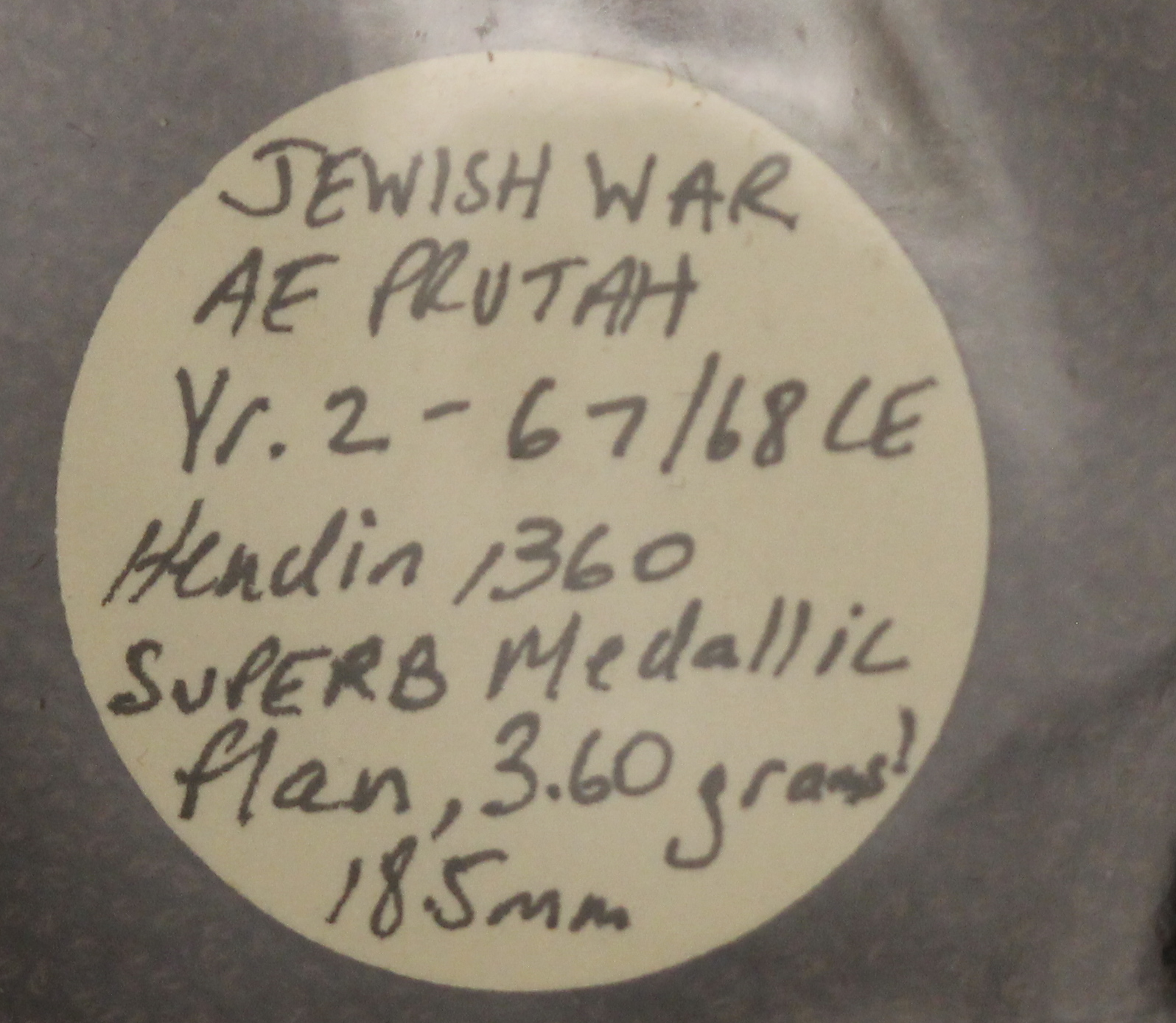
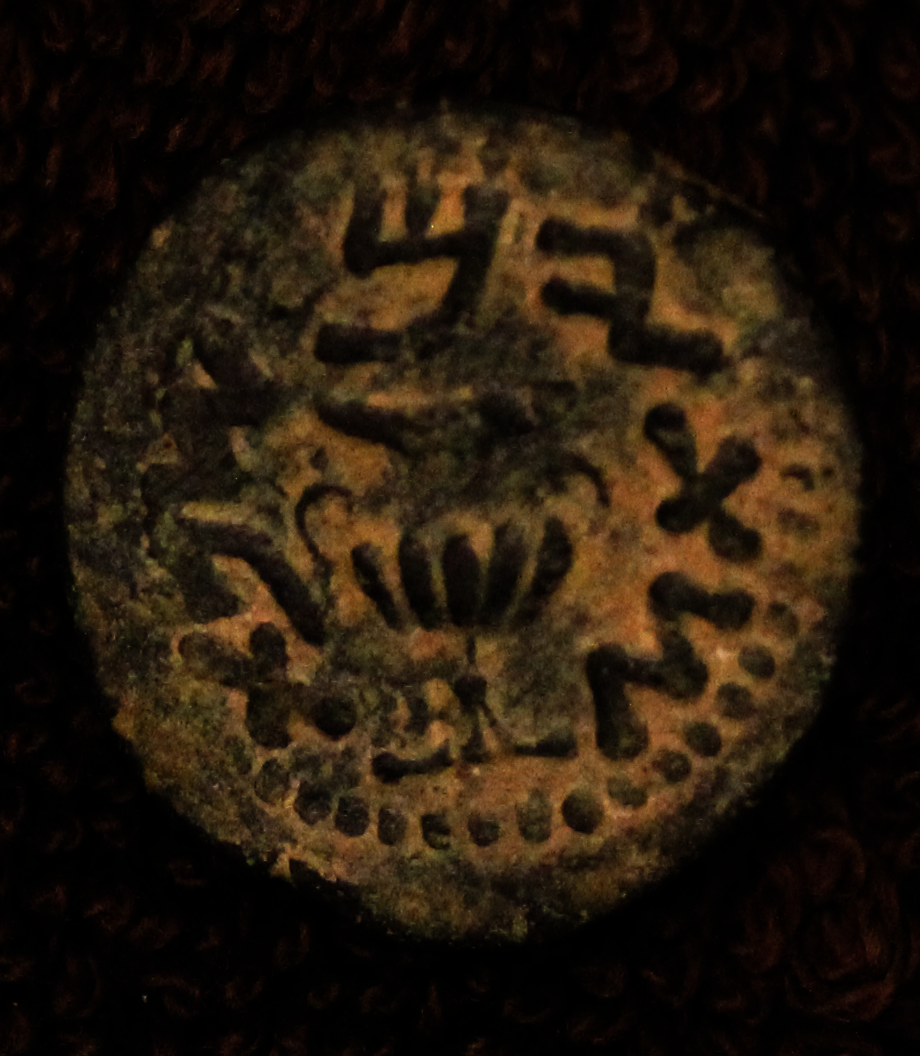
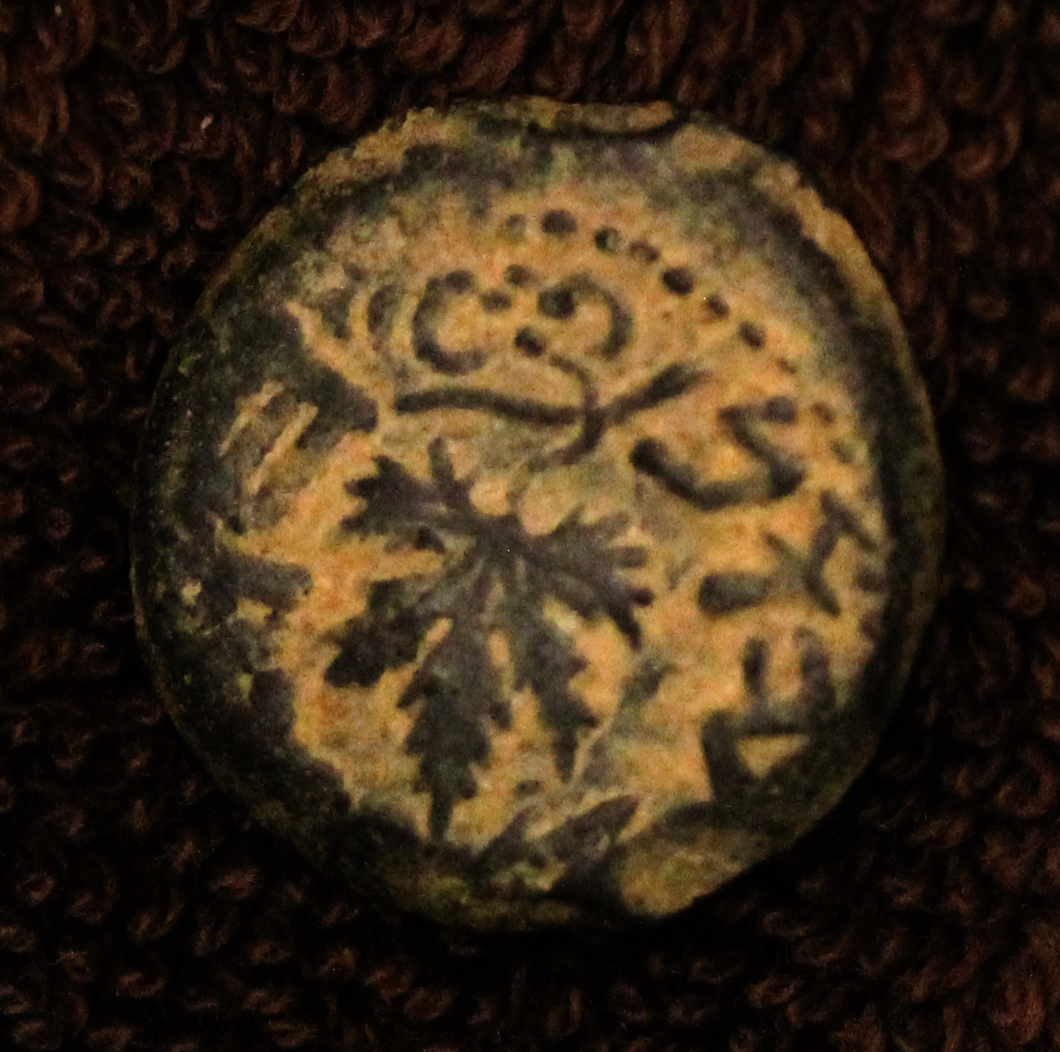
Pouring over the coinage valuations is hard. There is discussion of money changers, but over these centuries, money is more of a free flowing concept then we are used to thinking. 10 dimes is always a dollar in US currency, and in ancient Judean currency 256 Prutah is a Shequal, except when it isn't, and that is the rub. Values of coins relating to each other and even official weights can change over time. Additionally, Judea and Israel often had no real mint, or just depended on superior foreign currencies, especially to Tyre Shekel which was reportedly of superior silver quality. And then there is roman and Greek and Persian coinage, the colonial rulers of Eritz Yisroel and Yedudah and THEN the Bar Koflka rebellion over-struck TetraDrachums ... coins the traditional size of four shekels, as single sheckels. As such, it is very confusing what coin values are at face value. But I went to the trouble of compiling a complete list, at least as extrapolated from Hendin's text
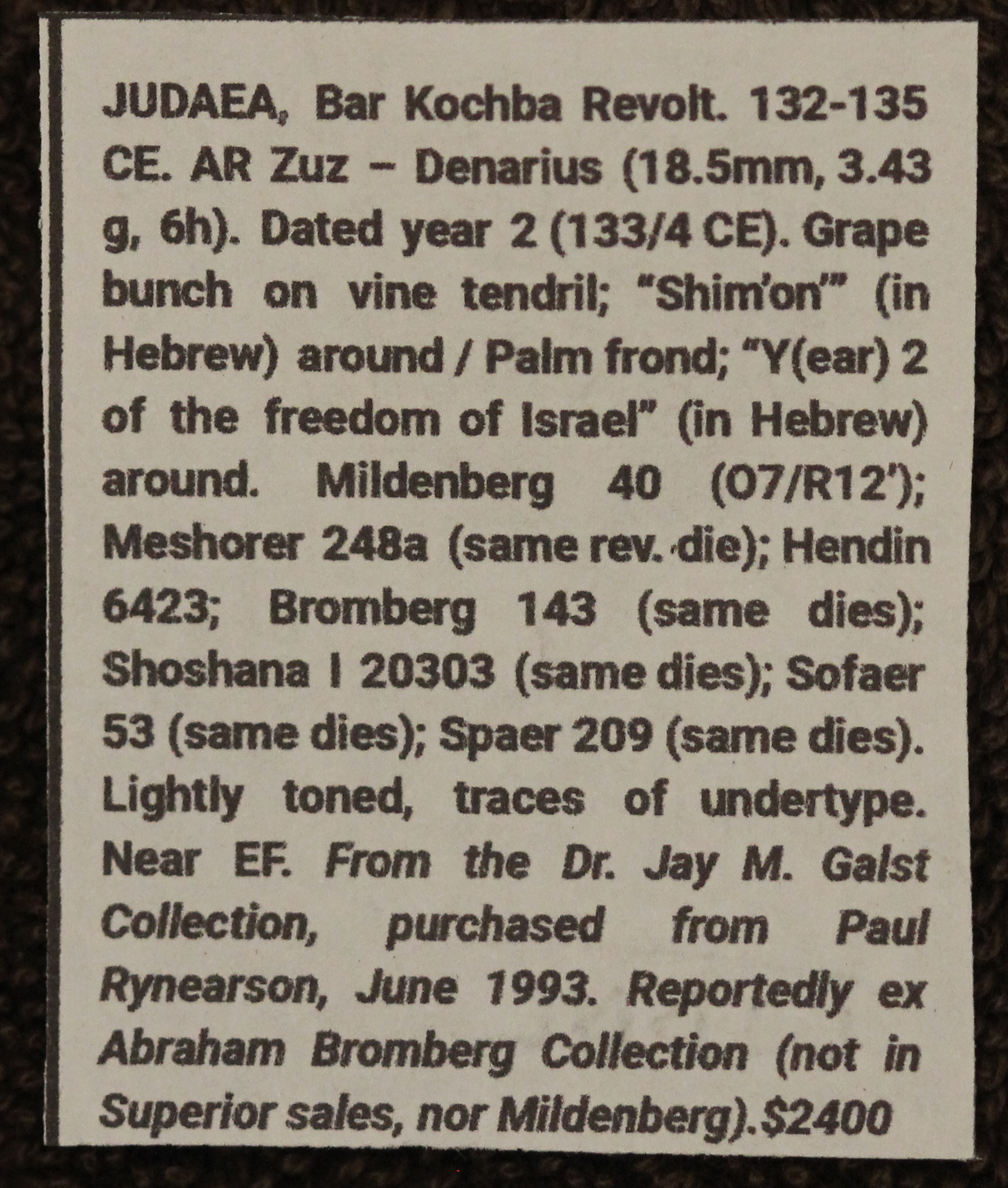
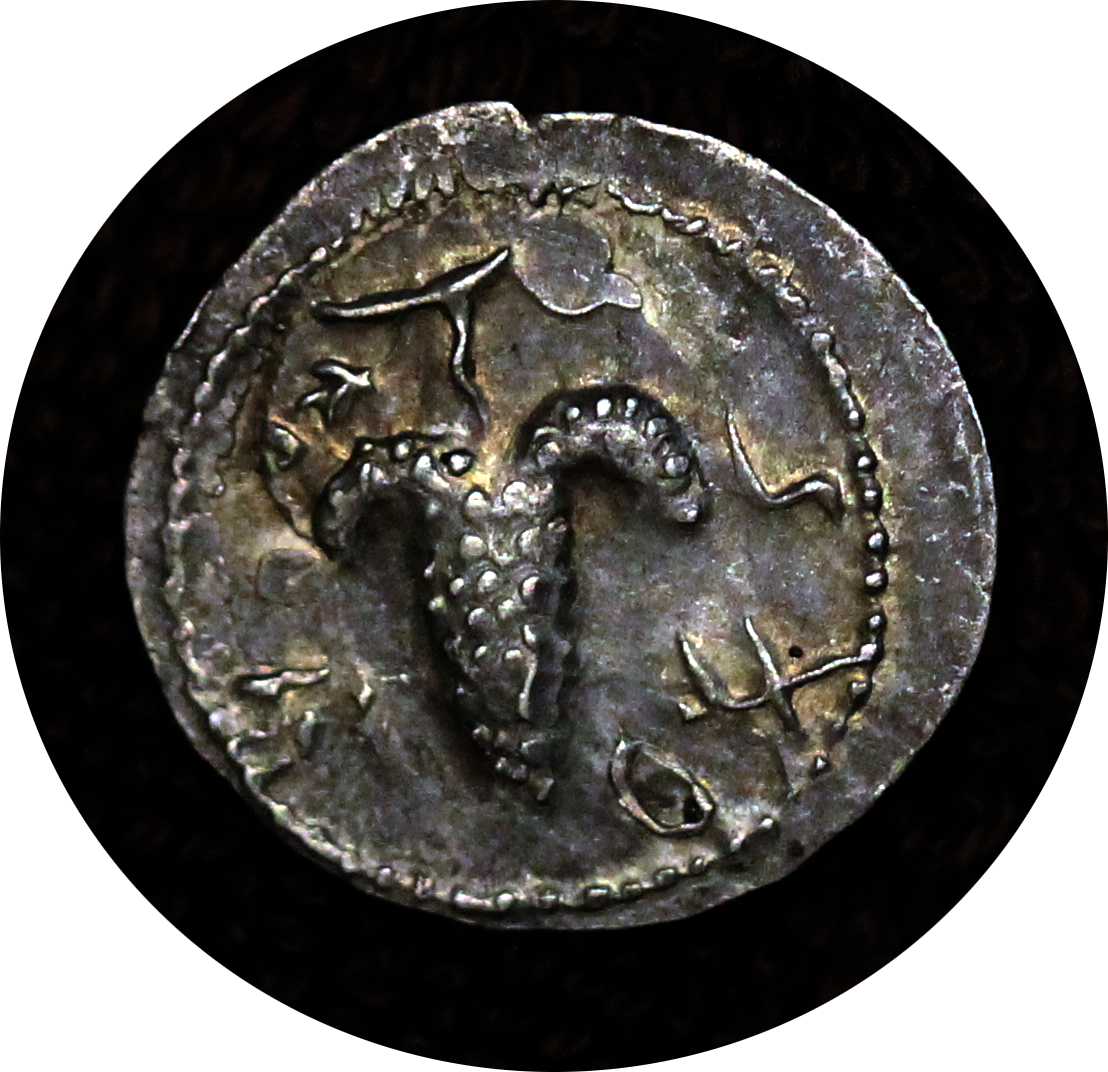
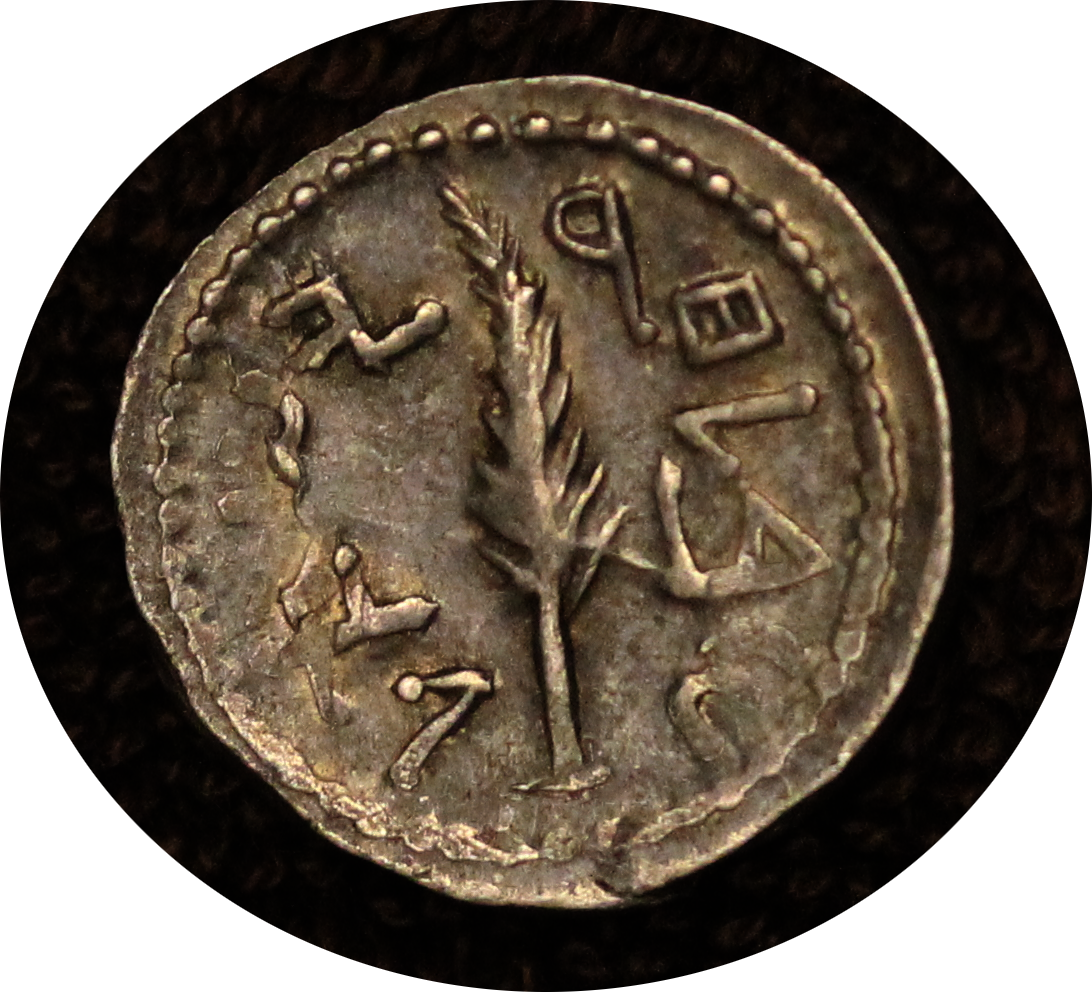
| Sheqel Chart - One Sheqel is Equal |
|---|
| 1 Selah |
| 24 Ma'ah |
| 24 ge'ot |
| 48 Kalbon |
| 256 Prutah |
| 2 Tarapik |
| 1 Denarius |
| 0.25 Sela'im |
| 12 Pundion |
| 24 Issar (which is said to be 8 Prutah but the math Is inconsistent) |
| 1 Drachum |
| 6 Obol |
| 16 As |
| 48 Chalkoi |
| 32 Semisses |
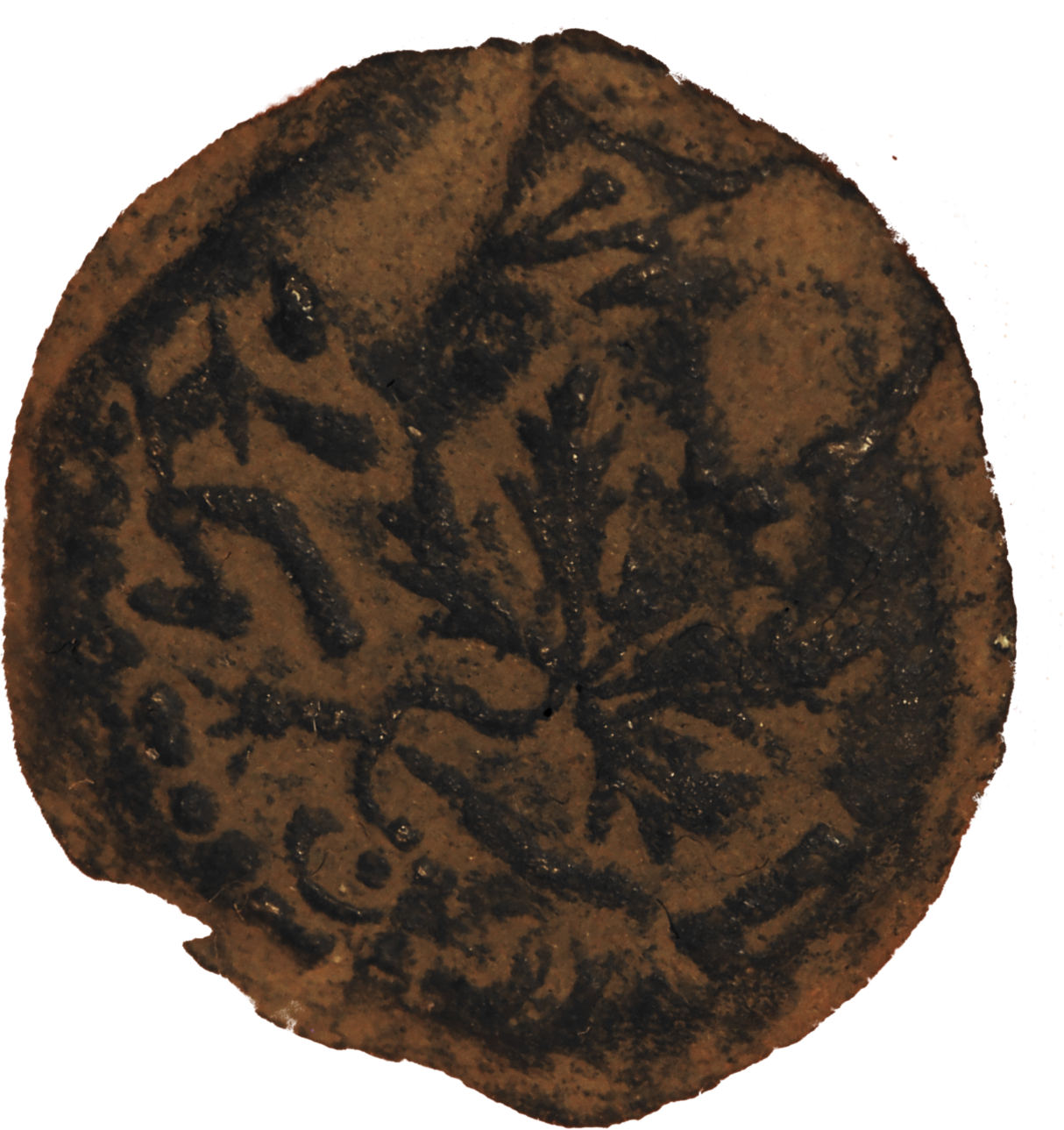
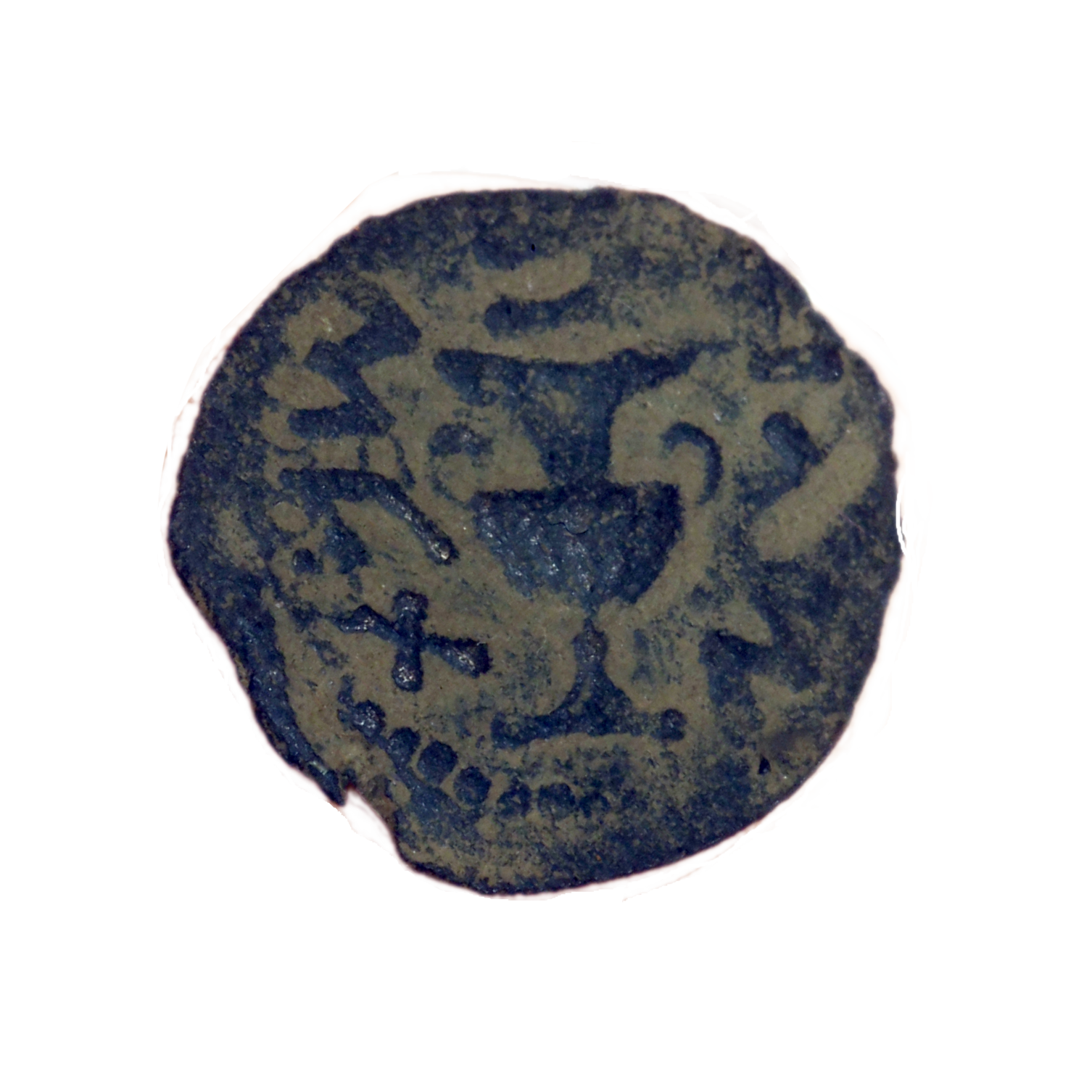
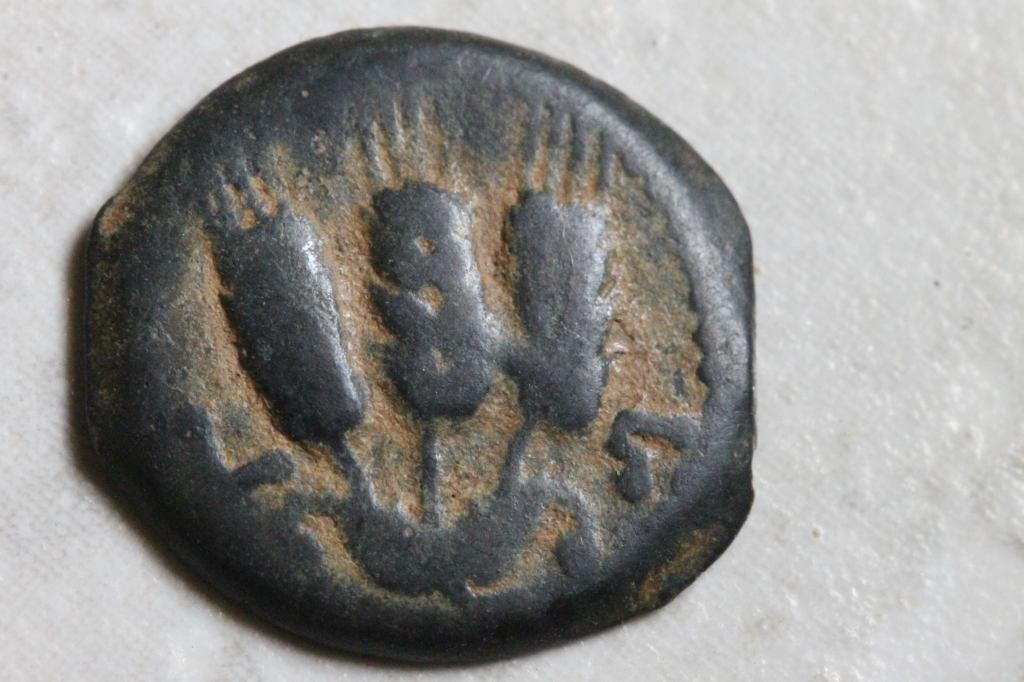
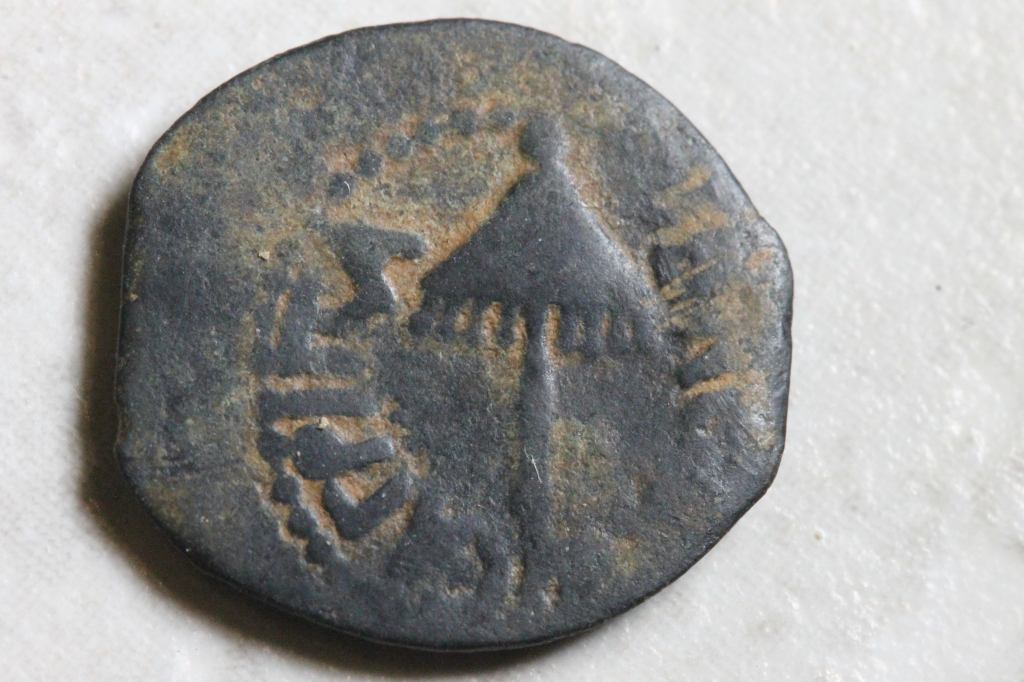

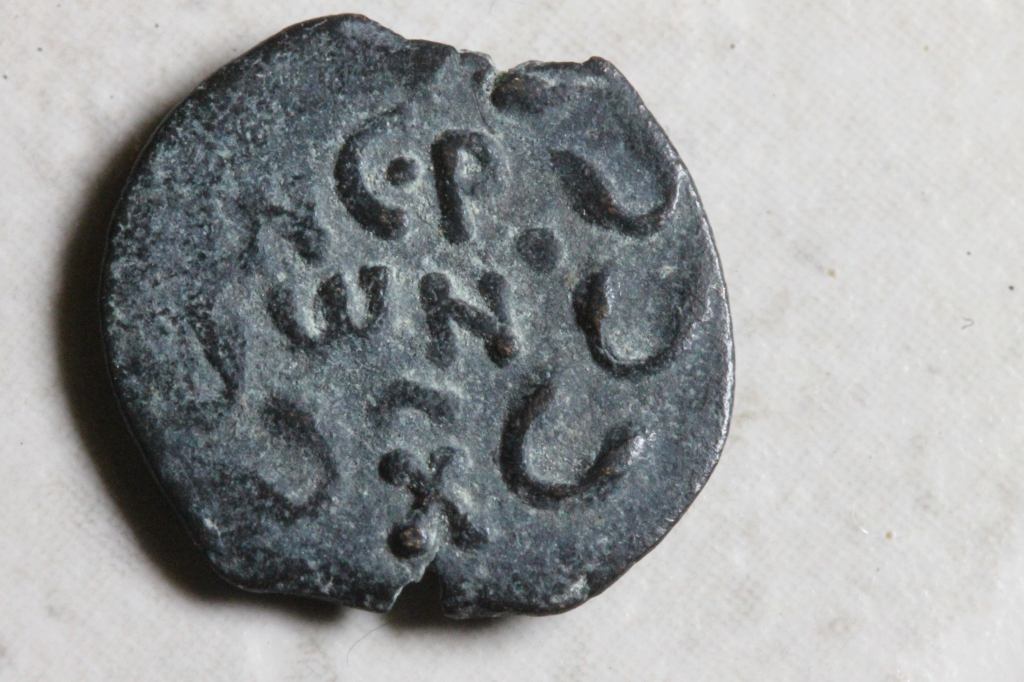
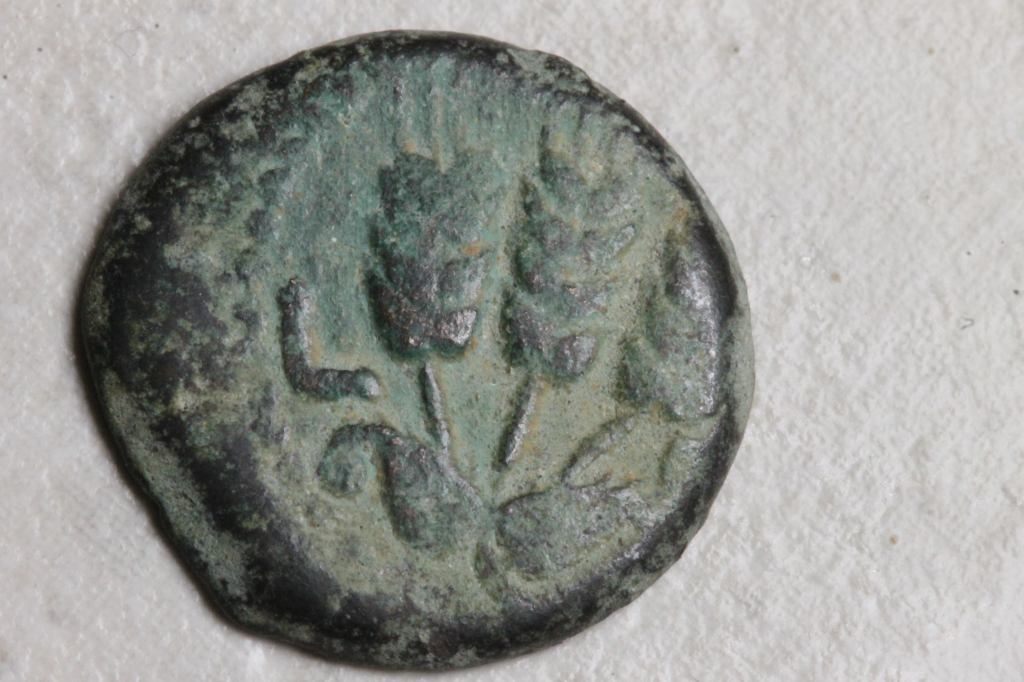
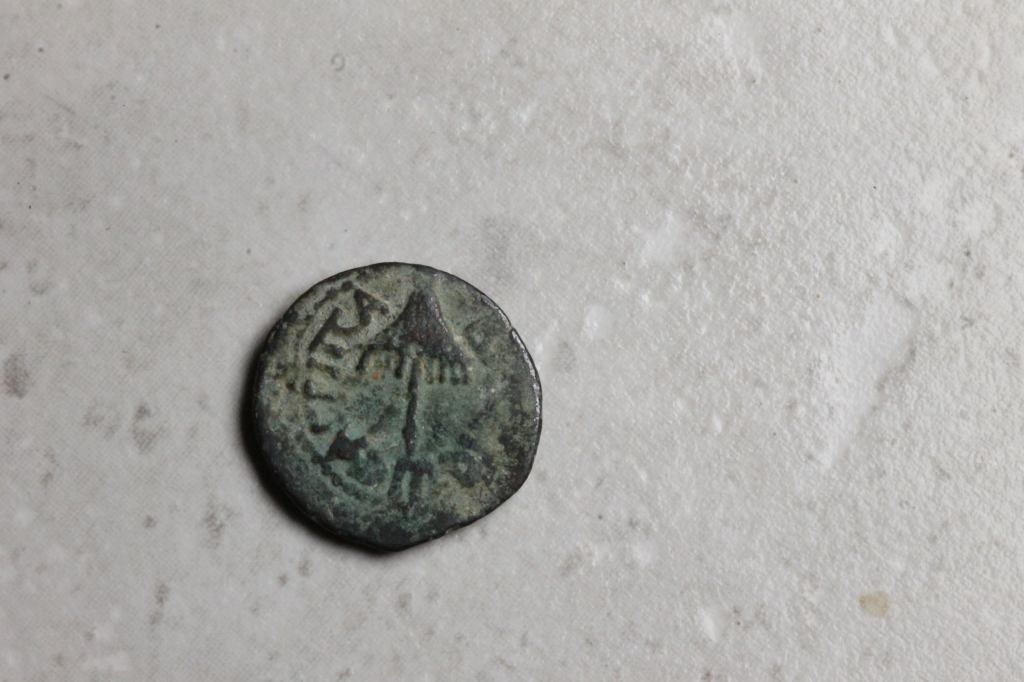
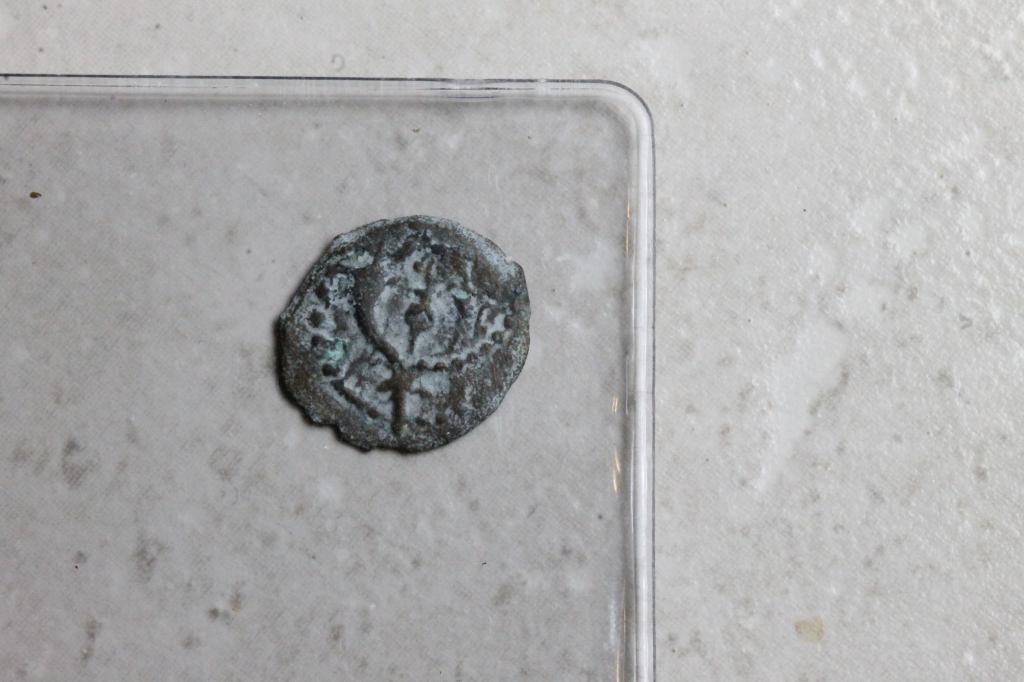
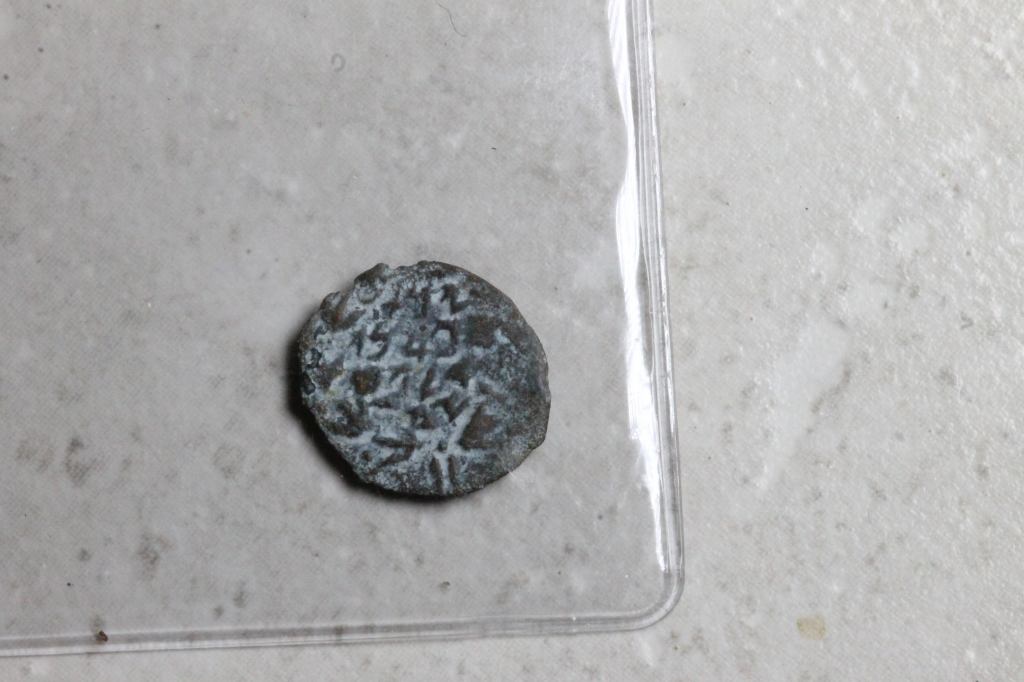

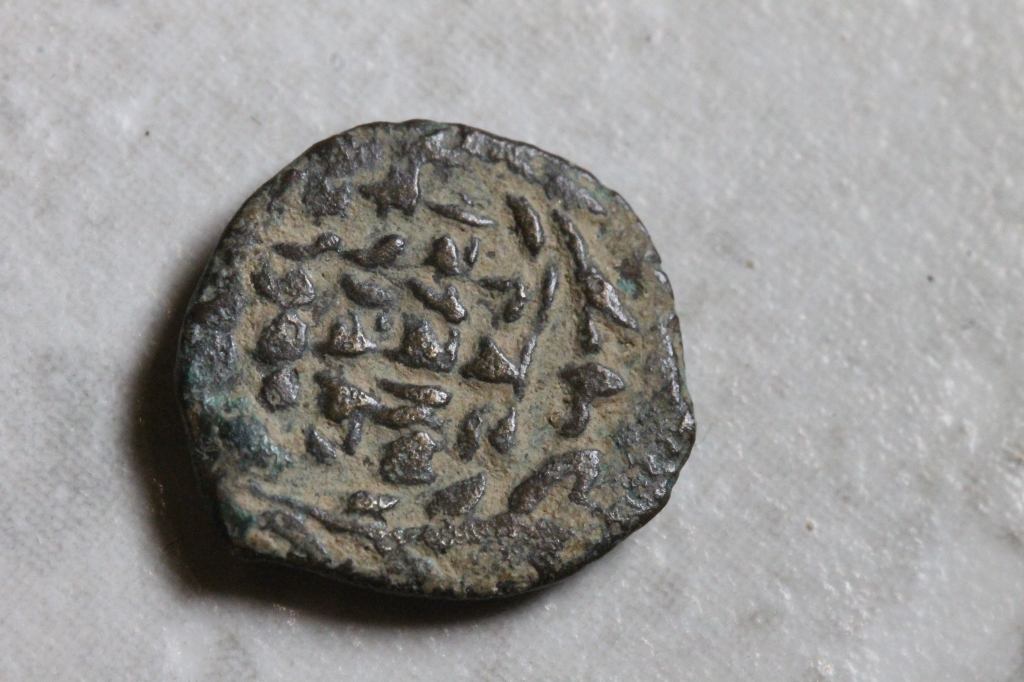
[1] Iron Age weights found near temple mount
